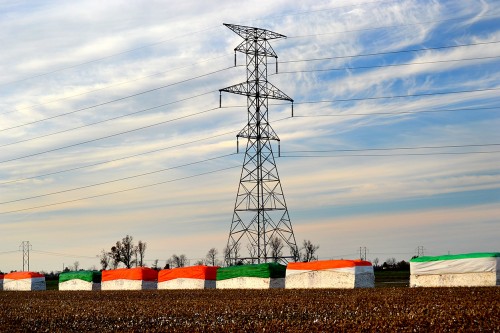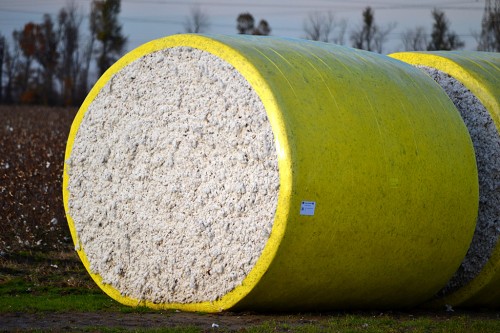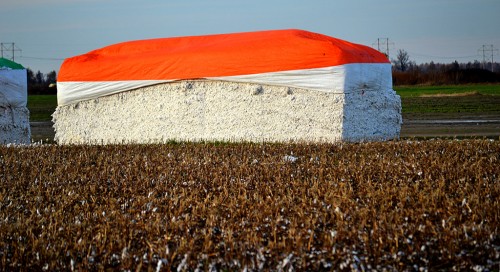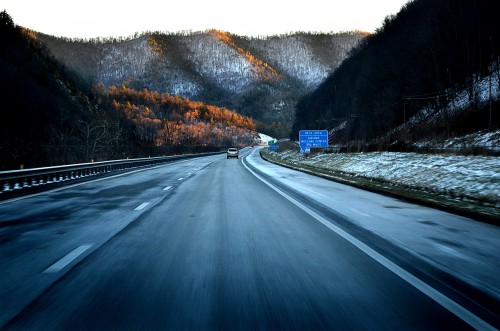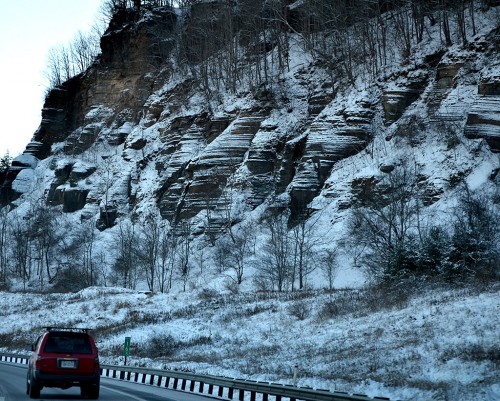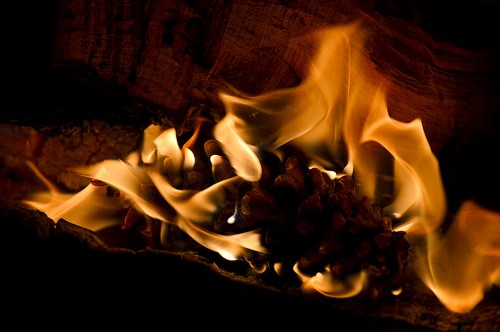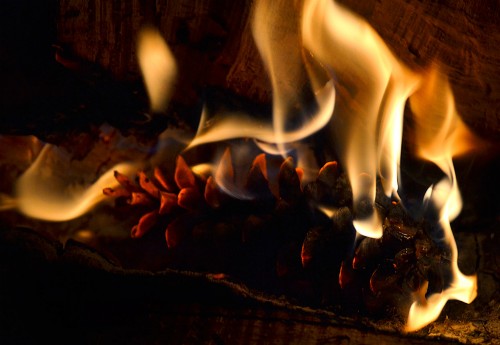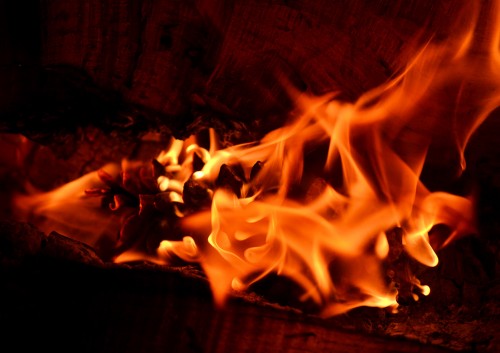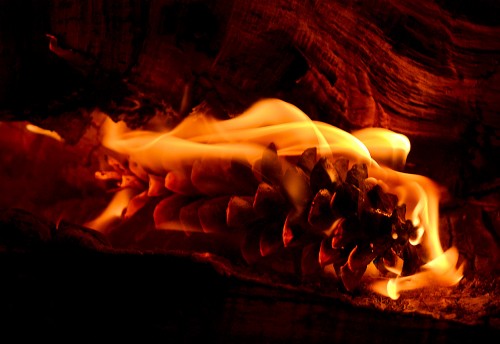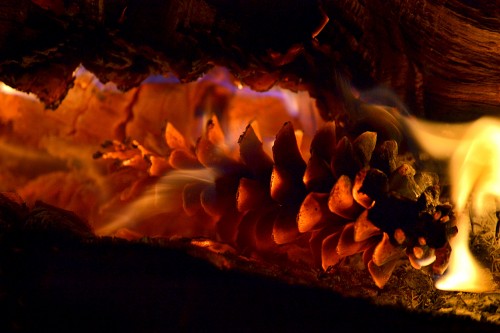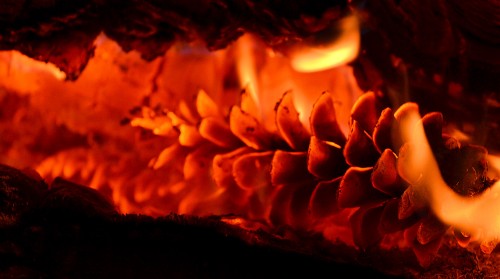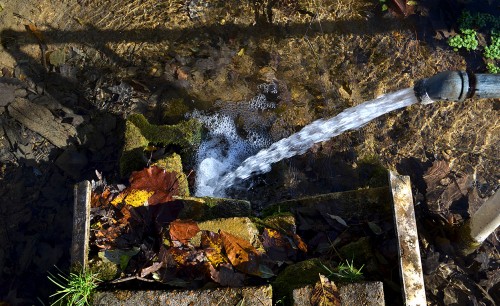 A trip to or from Cape Lewallen wouldn’t have been complete without a stop outside Marble Hill to fill up canteens and water jugs from an artesian well on the south side of Missouri Hwy 34. (Click on the photos to make them larger.)
A trip to or from Cape Lewallen wouldn’t have been complete without a stop outside Marble Hill to fill up canteens and water jugs from an artesian well on the south side of Missouri Hwy 34. (Click on the photos to make them larger.)
Been on my bucket list
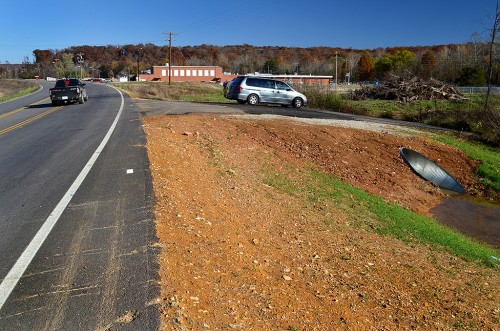 Getting down to see if the spring was still flowing has been on my bucket (bad pun) list for a couple of years, so Mother and I took off to Bollinger County to see if we could find it. We headed west on Missouri Hwy 34 and thought it was near Woodland School, but we couldn’t spot it. There was a lot of road work going on, so we were afraid they might have “improved” it like, I think, Cape County is going to do to the spring off Bloomfield Road.
Getting down to see if the spring was still flowing has been on my bucket (bad pun) list for a couple of years, so Mother and I took off to Bollinger County to see if we could find it. We headed west on Missouri Hwy 34 and thought it was near Woodland School, but we couldn’t spot it. There was a lot of road work going on, so we were afraid they might have “improved” it like, I think, Cape County is going to do to the spring off Bloomfield Road.
After driving four or five miles, we headed back toward town. There, just before the school, just like we remembered from the old days, was a nice paved parking spot right at the artesian well.
Listen to the sound of the water
I produced a short video showing where the spring is located and what it’s like. To be honest, I think the audio of the rushing water is better than the pictures. It’s worth 1:07 of your life.
Road to be dedicated December 17
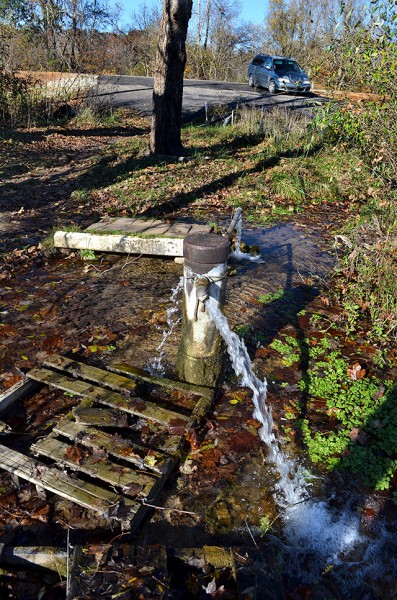 The pull-off gives you plenty of room to get off the road and would easily hold half a dozen cars parked side-by-side
The pull-off gives you plenty of room to get off the road and would easily hold half a dozen cars parked side-by-side
The Missourian had a story that there will be a ribbon cutting December 17, 2013, to mark the completion of a project to add shoulders and curve corrections along that stretch of road.
What’s the history of the spring?
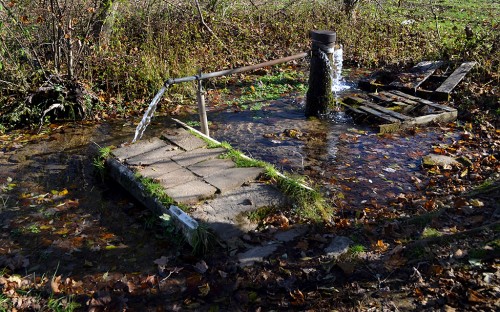 I didn’t think it would be hard to find out when the well was drilled, how deep it is, how long it’s been flowing, etc., but I struck out. I figured if anybody would know, it would be Missourian blogger James Baughn who wrote about it in 2008. James is a pretty thorough guy, so surely it’ll be in his story.
I didn’t think it would be hard to find out when the well was drilled, how deep it is, how long it’s been flowing, etc., but I struck out. I figured if anybody would know, it would be Missourian blogger James Baughn who wrote about it in 2008. James is a pretty thorough guy, so surely it’ll be in his story.
He must have run into the same problem: about the only fact he had other than a Wikipedia definition of an artesian aquifer was that it was a test drill for oil and mineral exploration.
Cold and sweet
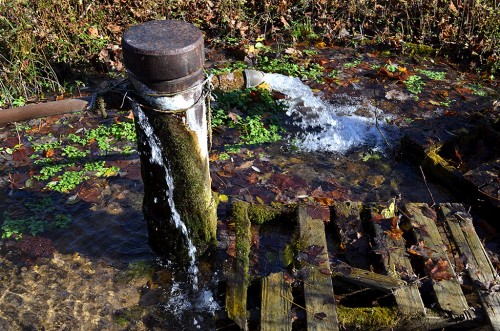 When I went back down to Marble Hill to shoot the flags for Veterans Day, I made sure to bring along half a dozen gallon jugs to fill with the pure spring water for Mother to use in her coffee maker.
When I went back down to Marble Hill to shoot the flags for Veterans Day, I made sure to bring along half a dozen gallon jugs to fill with the pure spring water for Mother to use in her coffee maker.
While researching this, I ran across a 1907 United States Geological publication called Underground Waters of Missouri – Their Geology and Utilization. It listed just about every source of water in Missouri and some of the surrounding states. This well, unfortunately, wasn’t one of them.
The section dealing with mineral waters, including Excelsior Springs, was particularly interesting. “When the the intelligent practitioner reads that a certain water is positively curative in an imposing list of diseases set forth in divers pages of testimonials from renovated statesmen, restored clergymen, and rejuvenated old ladies, and then learns from the analysis that it contains 2 or 3 grains of lime salts to the gallon, with the remaining ingredients required perhaps a third or fourth decimal point to express, he can hardly be blamed for tossing the circular into his wastebasket, with an objurgation upon quacks generally, and mineral springs quacks in particular,” Dr. Cook wrote.
OK, maybe mineral waters DO help
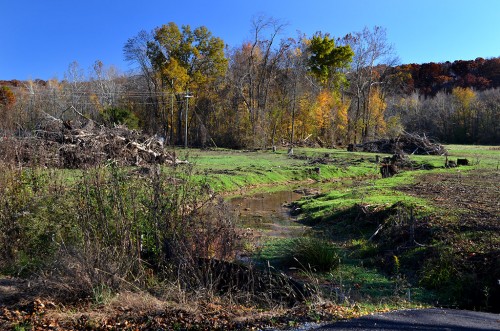 Then, he conceded there COULD be some benefits: “There is no doubt that much benefit is derived from most of the health resorts connected with mineral springs or wells; and while a great deal of it is undoubtedly psychic, some is unquestionable due to the use of the waters. People who are broken down from overwork or who are troubled with many incipient diseases find at these resorts rest, which they perhaps can not get elsewhere; a change of air; a new environment; distractions from trouble; and they use, both internally and externally, perhaps a much larger amount of water than has been their custom at home; these, together with faith in the curative qualities in the water (since every wise physician recognizes faith as a helpful element in cure), form a stimulus to nature in the restoration of normal action to the functions of the body.”
Then, he conceded there COULD be some benefits: “There is no doubt that much benefit is derived from most of the health resorts connected with mineral springs or wells; and while a great deal of it is undoubtedly psychic, some is unquestionable due to the use of the waters. People who are broken down from overwork or who are troubled with many incipient diseases find at these resorts rest, which they perhaps can not get elsewhere; a change of air; a new environment; distractions from trouble; and they use, both internally and externally, perhaps a much larger amount of water than has been their custom at home; these, together with faith in the curative qualities in the water (since every wise physician recognizes faith as a helpful element in cure), form a stimulus to nature in the restoration of normal action to the functions of the body.”
Just for the record, the spring waters not captured in canteens and gallon jugs, run into Crooked Creek.

